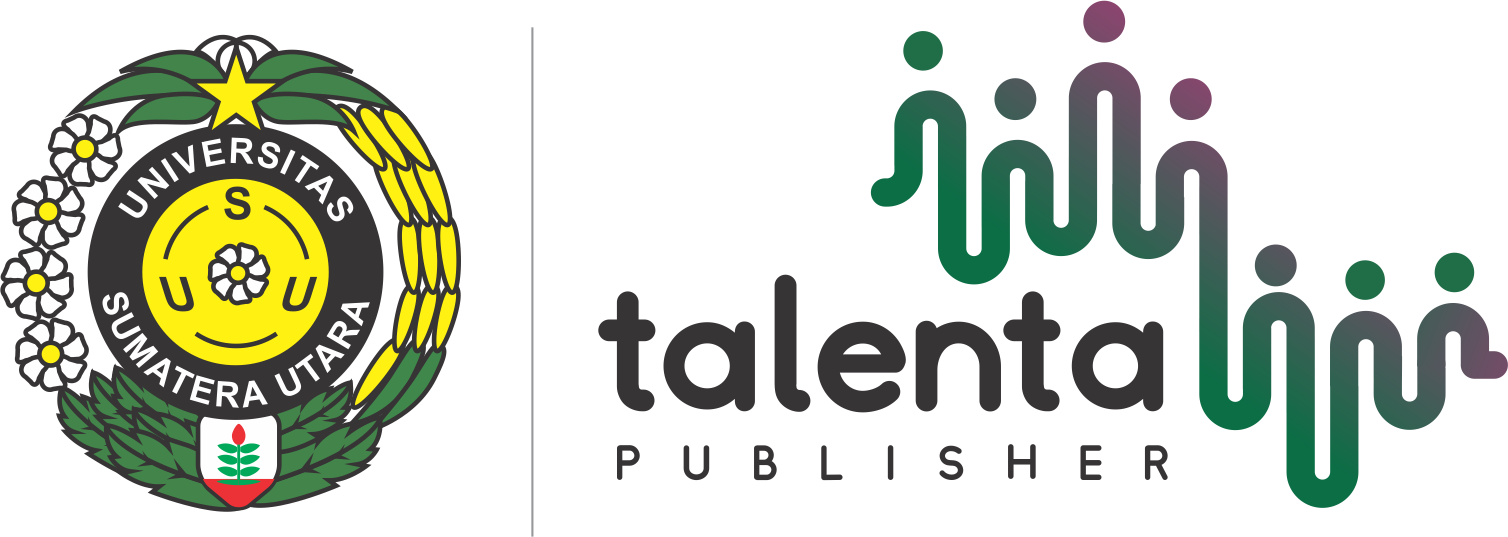Analisa Lintasan Perakitan Arashi 98 dengan RPW dan Moodie young fase 1
| Authors | ||
| Issue | Vol 3 No 2 (2020): Talenta Conference Series: Energy and Engineering (EE) | |
| Section | Articles | |
| Section |
Copyright (c) 2020 Talenta Conference Series: Energy and Engineering (EE)  This work is licensed under a Creative Commons Attribution-NonCommercial-NoDerivatives 4.0 International License. |
|
| Galley | ||
| DOI: | https://doi.org/10.32734/ee.v3i2.1022 | |
| Keywords: | Lintasan Perakitan RPW Moodie Young Fase 1 | |
| Published | 2020-11-30 |
Abstract
Sebuah perusahaan menggunakan beberapa cara agar perushaan tersebut mengalami tingkat produktivitas tinggi. Salah satu metode digunakan dalam peningkatan produktivitas adalah penyeimbangan lintasan produksi pada tiap Perakitan. Penyeimbangan lintasan kerja dapat dilakukan dengan cara mengalokasikan Perakitan. Pengalokasian Perakitan pada staisun kerja dapat dilihat pada waktu siklus . Perbedaan waktu siklus yang besar menyebabkan beberapa Perakitan mengalami bottleneck. Dalam mencapai produktivitas tinggi didalam suatu perusahaan stasiun kerja harus memiliki beban kerja seimbang. Keefektifan didalam lantai produksi bertujuan agar perusahaan dapat mencapai target produksi diinginkan konsumen. Perusahaan gagal mencapai target produksi akan memberikan dampak negatif bagi perusahaan. Dampak negatif dirasakan perusahaan berupa kerugiaan. Ketidak efektidan dalam litnasan produksi dapat disebabkan karena terdapat perbedaan antara kapasitas mesin dan kapsitas produksi. Kapsitas mesin yang lebih kecil dari pada kapsitasan produksi menyebabkan Perakitan pasti mengalami penumpukan. Lintasan produksi efektif dapat diukur dengan cara menghasilkan output tinggi dengan pemanfaatan sumber daya rendah. Penyebab terjadinya perusahaan sering mengalami bottleneck pada suatu lantai produksi adalah ketidakseimbangan sumber daya didalam pabrik. Sumber daya pabrik dapat berupa waktu Perakitan pada setiap Perakitan tidak seimbang, hal ini menghambat kefektifan dalam proses produks. Perbaikan dilakukan dalam lantai proses produksi dengan menggunakan metode RPW. Metode RPW memberikan solusi dalam pengalokasian Perakitan sehingga tercapai tingkat kefeektifan tinggi dalam proses produksi
A company uses several methods so that the company experiences a high level of productivity. One method used in increasing productivity is balancing production lines on each work element. Balancing the work track can be done by allocating work elements. The allocation of work elements in the work station can be seen at cycle time. Big difference in cycle time causes some work elements to experience bottlenecks. In achieving high productivity in a work station company must have a balanced workload. Effectiveness in the production floor aims to make the company achieve the desired production target of consumers. Companies failing to achieve production targets will have a negative impact on the company. The negative impact felt by the company in the form of losses. Ineffectiveness in production summary can be caused by differences between machine capacity and production capacity. Machine capsules that are smaller than the capacity of production cause the work elements must have accumulated. Effective production trajectories can be measured by producing high output with low resource utilization. The reason why companies often experience bottlenecks on a production floor is an imbalance of resources within a factory. Factory resources can be in the form of work element time on each work element unbalanced, this impedes effectiveness in the production process. Repairs are made in the production process floor using the RPW method. The RPW method provides a solution in the allocation of work elements so that a high level of effectiveness is achieved in the production process






